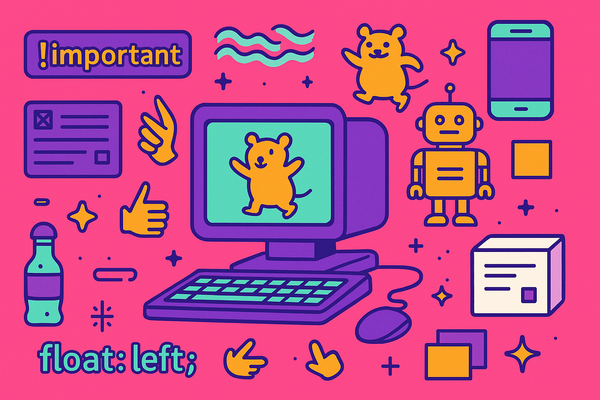Managing Stakeholders: The Third Wheel of the UX Design Process

When people think of UX design, they picture the intimate relationship between the designer and the user. After all, users are the reason we build products in the first place. But there’s another key player in the room — one that’s often overlooked, occasionally misunderstood, and sometimes downright frustrating: stakeholders. It’s something they don’t really talk about in UX school!
Their demands may make a UX designers eye twitch. Hovering around like the “third wheel” of the UX design process, but managing them well can mean the difference between a project that struggles and one that thrives.
Why Stakeholders Clash With User Needs
If everyone wants success, why does it sometimes feel like stakeholders and users are at odds?
- Stakeholders are too far removed from the spark of user problems.
- They’re not trained in empathy or UX methods.
- Their milestones and requirements aren’t rooted in user needs.
- They answer to their own bosses, deadlines, or legal regulations.
- Technical constraints sometimes override user delight.
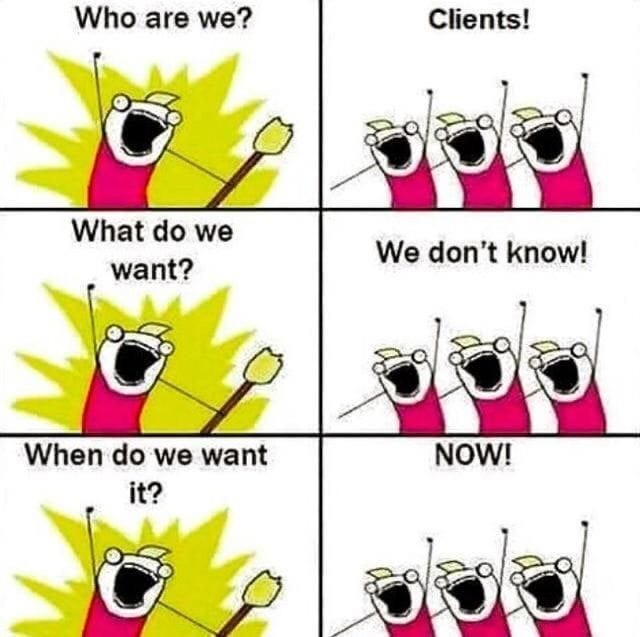
In short: their perspective is different. Not wrong — just different. And because their incentives aren’t always rooted in user needs, you get friction. Which brings us to…
The Six Stakeholder Archetypes
Over time, you start to notice the repeat characters. It's a fun cast of characters, except instead of comic relief they bring deadlines, scope creep, and questionable color choices.
Either way, here are the classics...
1. The Mastermind 🧠
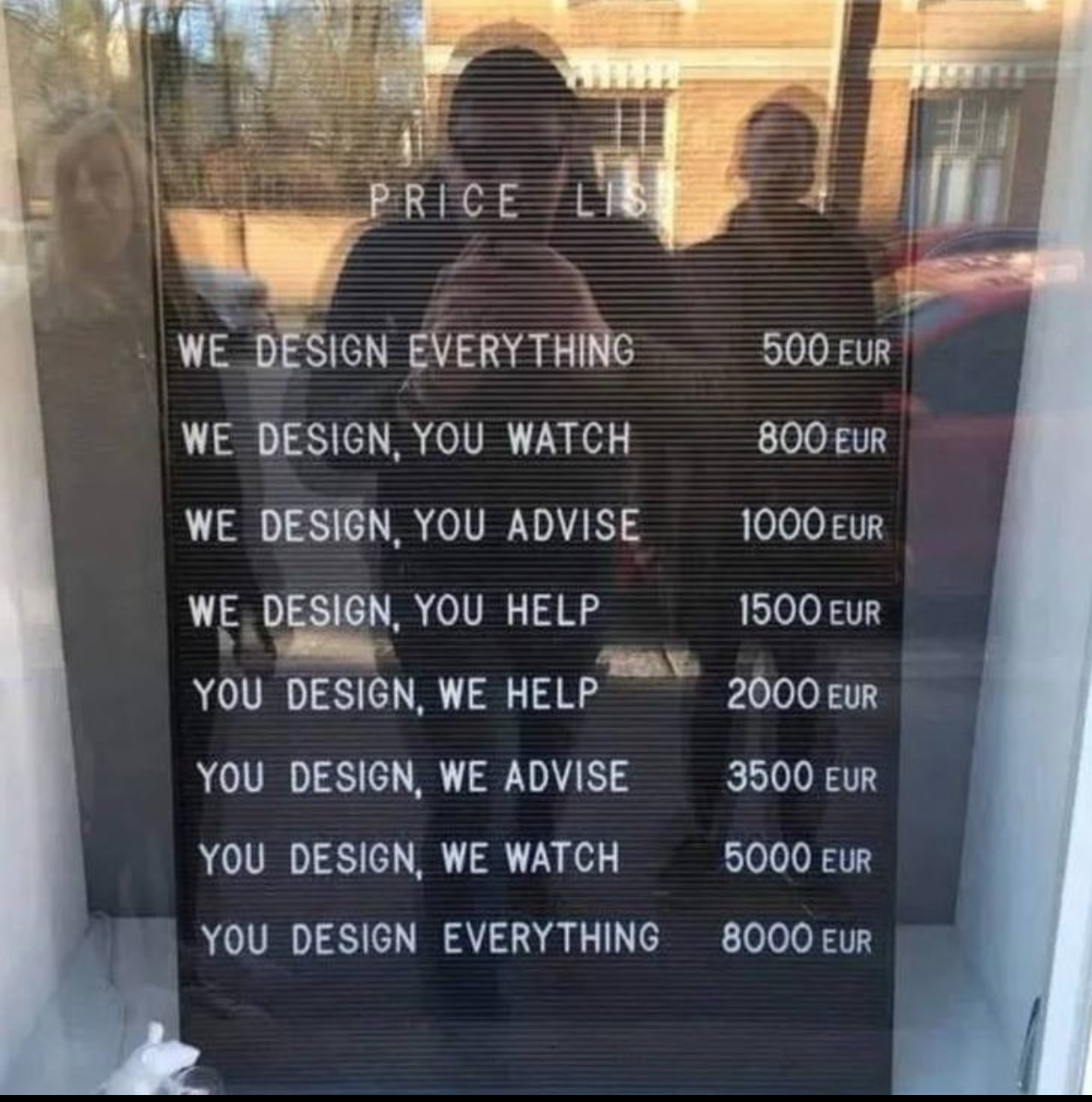
Behavior: Solutioning for you. (“We need a modal here.”)
Risk: Anchors the team on their pet idea before you’ve defined the problem.
How to Win Them Over:
- Reframe the need. (“So what do we need the user to do?”)
- Pull out personas to shift the conversation back to real humans.
- Run a design sprint — a great an indirect way to challenge a stakeholders ideas by showing other people’s perspectives with fun sketching exercises!
- Always present another option. It reminds them their idea isn’t the only idea.
2. The Worrier 😰

Behavior: Spirals about edge cases you didn’t even know existed. (“But what if the user forgets their password and their cat’s maiden name?”)
Risk: Decision-making stalls while everyone chases ghosts.
How to Win Them Over:
- Do stakeholder interviews so they feel heard.
- Share a roadmap — Worriers looove roadmaps.
- Report findings often. Replace their “what if” with “here’s what we saw.” Evidence beats speculation every time.
3. The Rusher ⏩
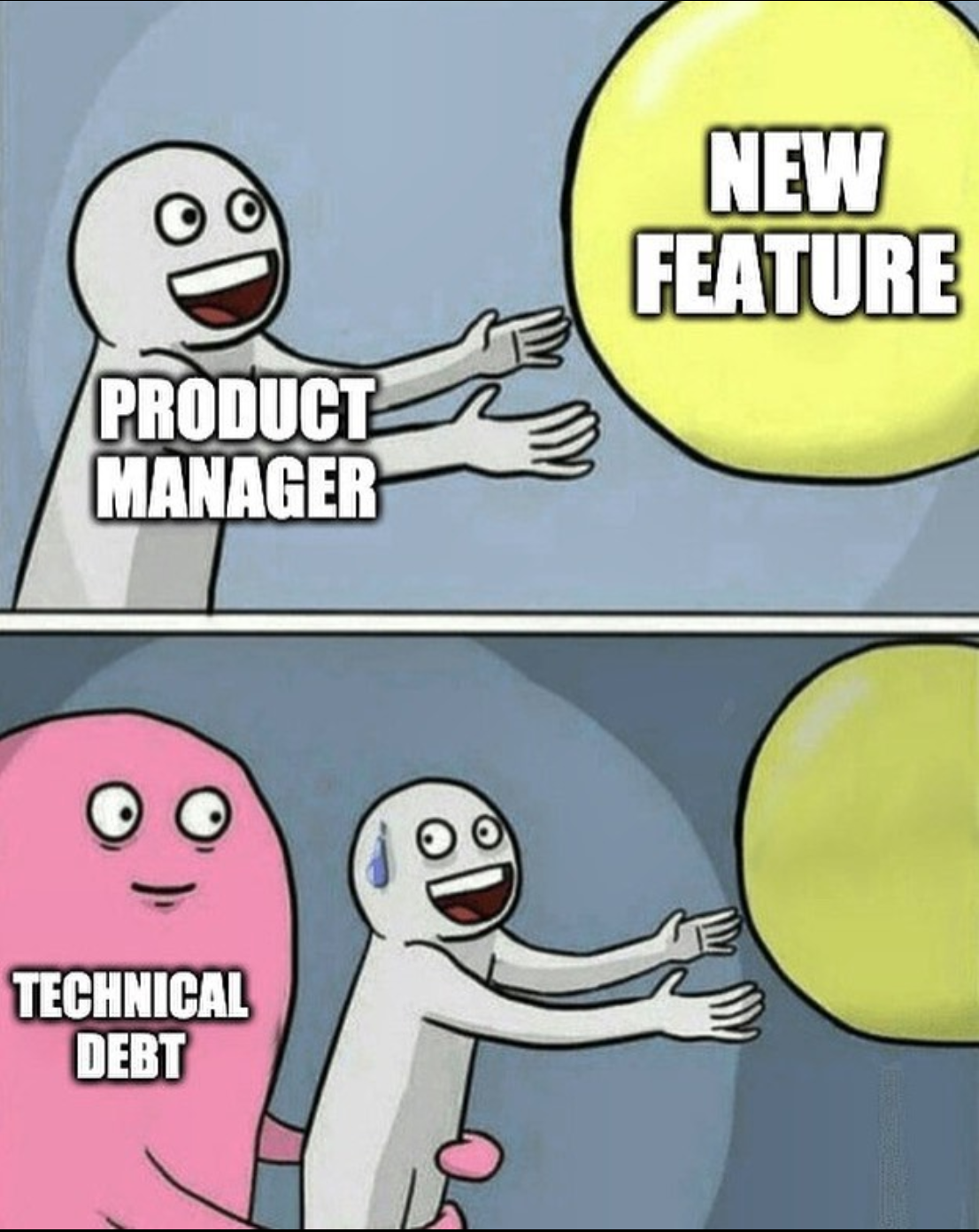
Behavior: Thinks UX is slowing everything down. Wants it done yesterday.
Risk: Creates tech debt that will haunt your backlog for years.
How to Win Them Over:
- Remind them tech debt is like credit card debt: you’ll pay later, but with interest.
- Translate requirements back into user needs. (“We’re not just building X, we’re solving Y.”)
- Run lightning-fast usability tests. Five minutes of a user struggling will save you five weeks of hotfixes.
- Invite them to a user interview. Watching someone fail login is a sobering moment.
4. The Naysayer 🙅

Behavior: Default mode is “Nope.” Often found near backend teams.
Risk: Innovation gets shot down before it can stand up.
How to Win Them Over:
- Suggest a phased approach — small wins make “no” sound less final.
- Whiteboard together — when they help shape the solution, they’re more invested and open to compromise.
- Ground arguments in user interviews. Bring them to user interviews! Hard to argue with actual humans.
5. The Art Critic 🎨
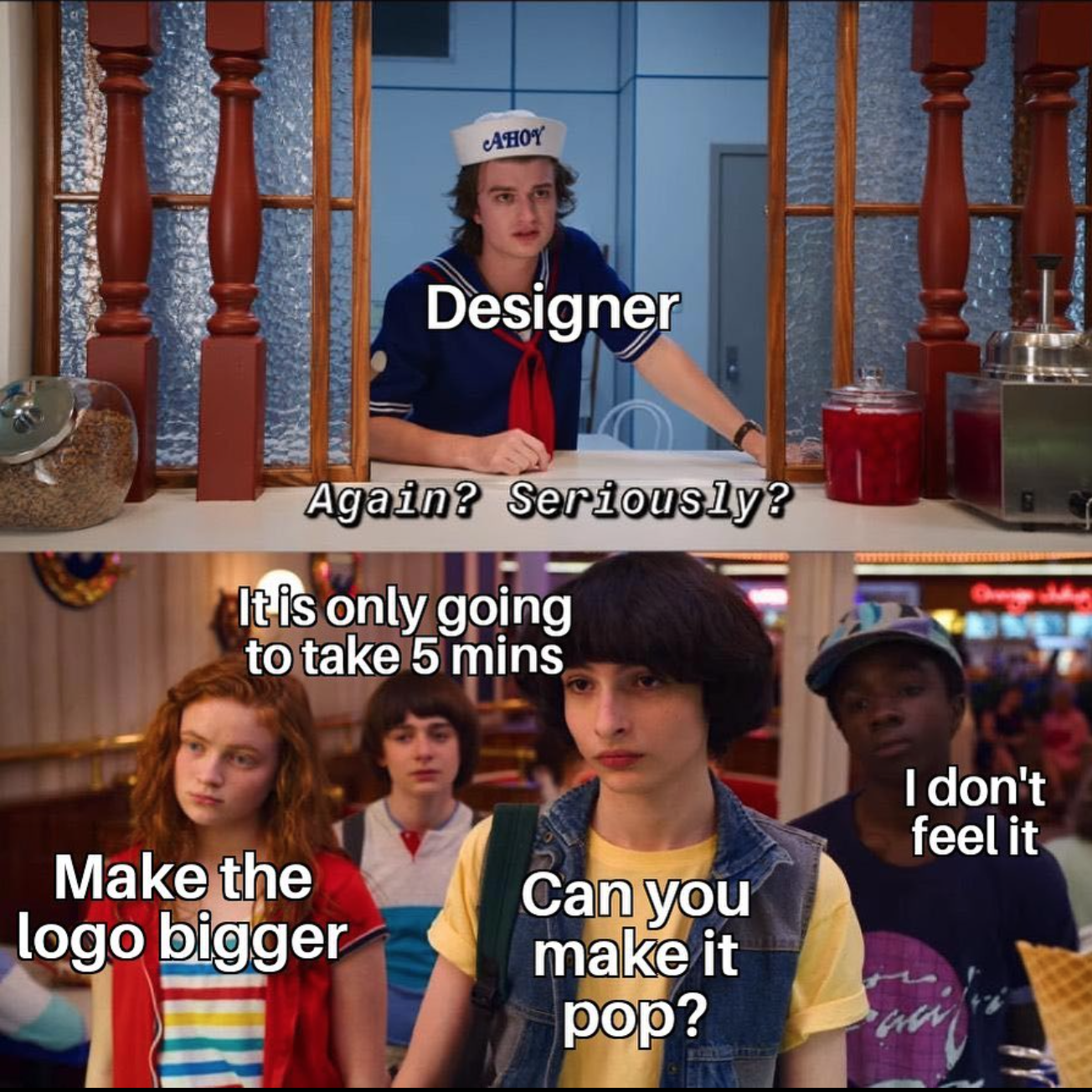
Behavior: “Just give us the mockups.” Also: “That blue is ugly.”
Risk: Reduces UX to surface-level aesthetics.
How to Win Them Over:
- Map workflows and decision trees — remind them there’s more than hex codes.
- Share wireframes so they focus on flow, not fonts.
- Use pattern libraries to prove design decisions aren’t arbitrary.
- Talk through specific, documented pain points and use cases. If they think you’re just coloring in boxes, real data will set them straight.
6. The Eager Beaver 🦫

Behavior: Wants in on everything. “Can I come to the user interviews?”
Risk: Wants to act on everything! Derails research with hot takes from “that one loud user.”
How to Win Them Over:
- Gently keep them out of interviews. Protect the data!
- Give them a roadmap to pace their energy.
- Share regular updates — steady drip feeds tame their enthusiasm.
What Not to Do
- Don’t treat stakeholders like villains. They’re annoying, sure, but they’re still allies.
- Don’t be so rigid you alienate them.
- Don’t be so flexible you compromise the design.
Closing Thoughts
UX isn’t just designing for end users. It’s designing collaboration with the people who sign the checks, ship the code, and set the deadlines.
Yes, sometimes you’ll get mash-ups (The Worrier-Rusher-Art Critic is a particularly spicy combo). But once you spot the archetypes, you can manage them.





